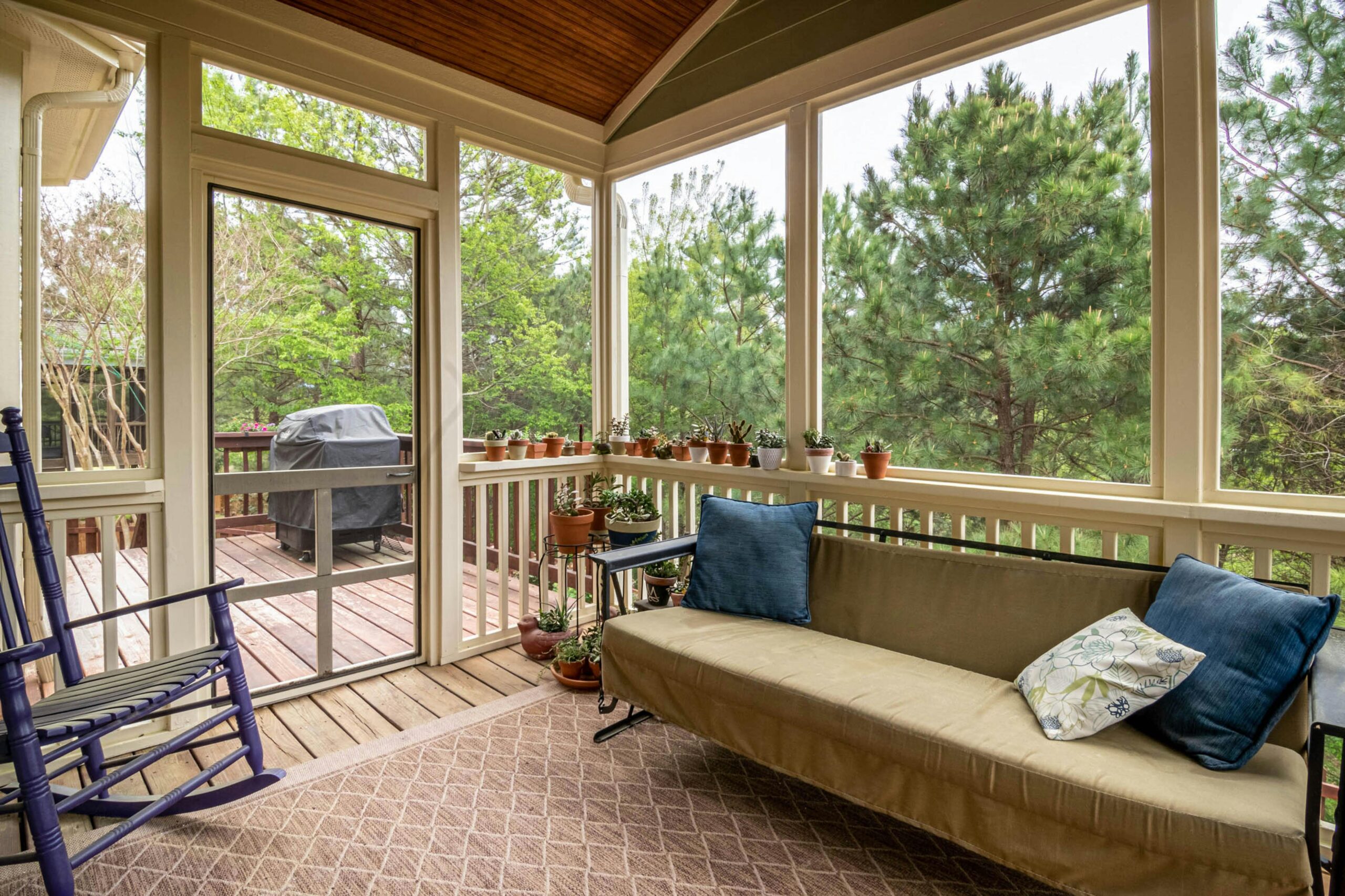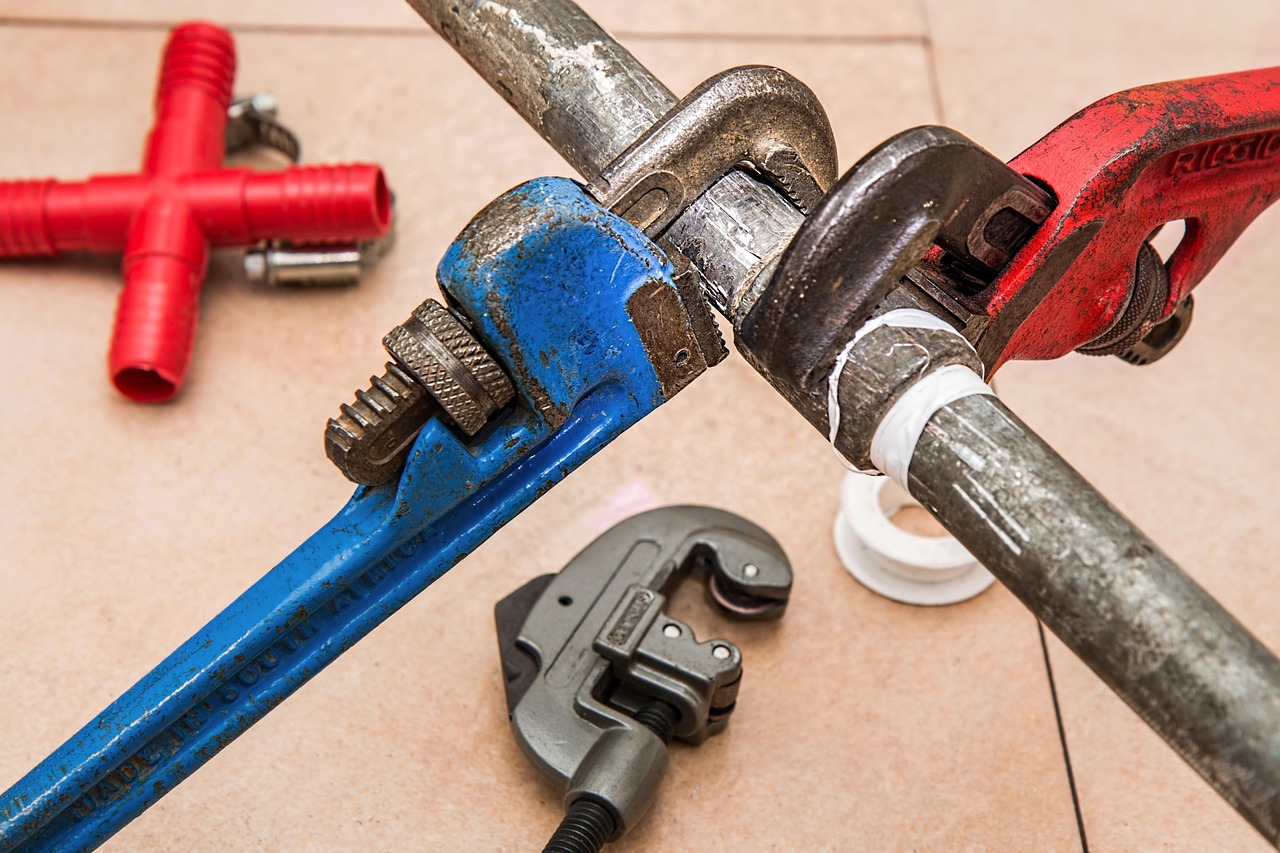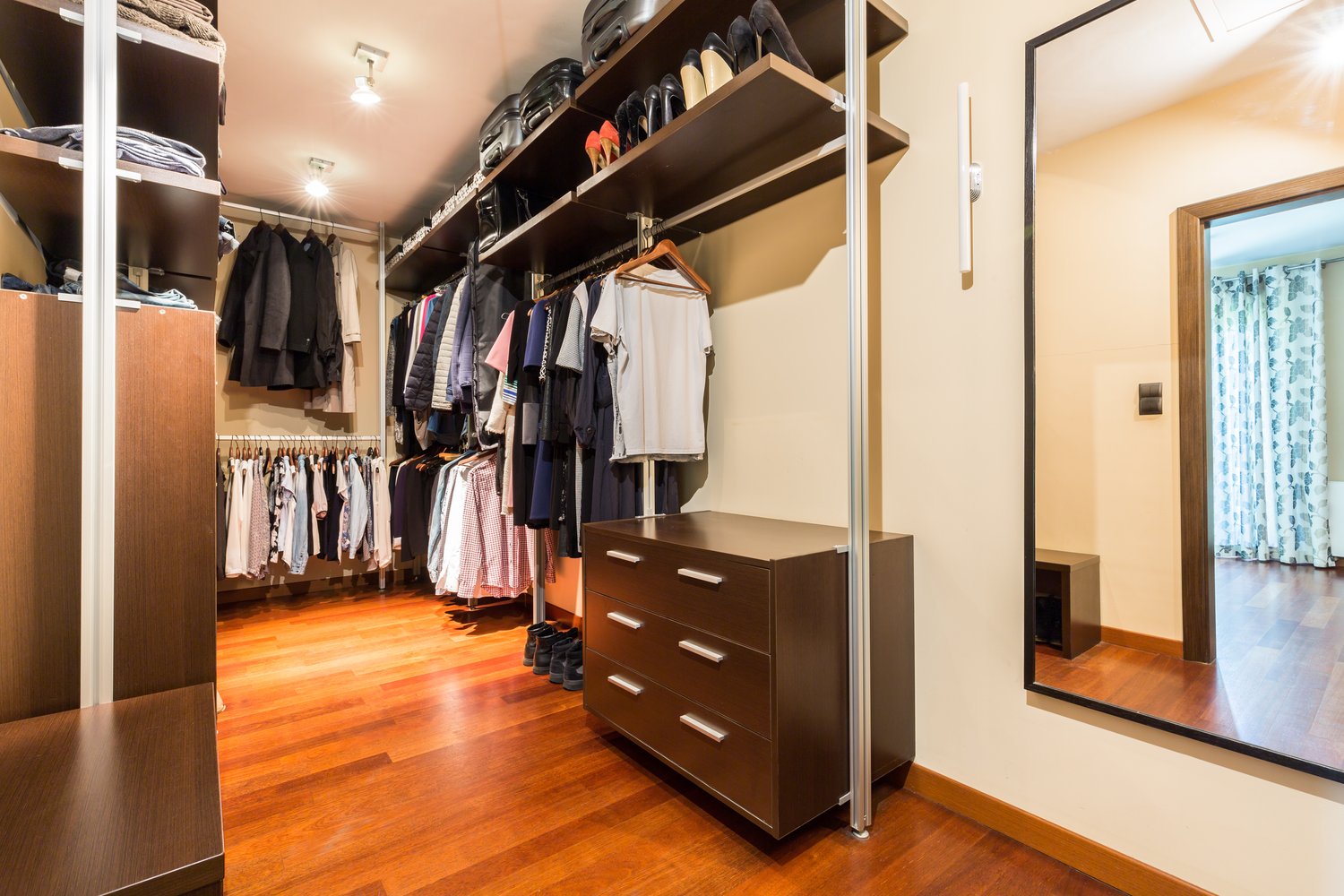Adding a screened porch or patio enclosure to your home creates a versatile living space that allows you to enjoy the outdoors without dealing with insects, debris, or harsh weather elements. This article provides comprehensive cost information for both converting an existing porch or patio into a screened area and building a new screened enclosure from scratch. We’ll examine the factors that influence pricing, including materials, size considerations, labor costs, and optional features that can affect your total investment in a screen room addition price.
Understanding Basic Screened Enclosure Types
When planning your screened porch cost estimate, it’s important to understand the different types of enclosures available. A basic screened-in porch typically involves adding screen panels to an existing porch structure that already has a roof and flooring. These conversions are the most affordable option, usually ranging from $1,200 to $2,800 for a standard-sized porch. A more comprehensive patio enclosure cost includes not just screening but potentially adding structural elements. Full screen rooms or three-season rooms, which may include additional features like windows, can range from $8,000 to $25,000 depending on complexity. The most elaborate option is a four-season sunroom with insulation and climate control, which can cost $20,000 to $80,000. Your specific needs and existing structure will significantly impact which type of enclosure makes the most sense for your home and budget.
Cost Factors for Screening an Existing Structure
Converting an existing porch or patio into a screened space is typically the most economical approach. For a standard 200-square-foot porch, homeowners can expect to pay between $600 and $3,500 for basic screening materials and installation. The patio enclosure cost install price varies based on the type of screening material chosen. Basic fiberglass mesh might cost $3-$5 per square foot installed, while higher-end options like solar-blocking or pet-resistant screens can reach $8-$12 per square foot. Keep in mind that existing structures may need repairs or modifications to properly support screening, which can add to the total project cost. Older porches might require reinforcement of posts, beams, or railings, potentially adding $500-$1,500 to your budget. Additionally, if your current structure lacks adequate roofing or proper drainage, addressing these issues will increase your overall investment.
Building a New Screened Porch from Scratch
Building a completely new screened porch involves significantly more work and materials, resulting in higher costs. A new screen room addition price typically starts around $15,000 for a basic 200-square-foot structure and can exceed $30,000 for larger or more complex designs. This total includes foundation work, framing, roofing, flooring, and screening. The foundation alone can cost $2,000-$5,000 depending on the type (concrete slab, pier foundation, etc.). Framing and roofing tend to be the most expensive components, often accounting for 40-50% of the total budget. According to contractors surveyed by AskHomey, homeowners should budget approximately $75 to $150 per square foot for a complete new screened porch, depending on materials and complexity. Premium features like cedar or composite decking, architectural roofing, or decorative trim work can push costs toward the higher end of this range or beyond.
Material Cost Comparisons
The materials you select will significantly impact your screened porch cost estimate build. For screening itself, standard fiberglass mesh is the most economical at $0.15-$0.30 per square foot for materials only, while aluminum screens cost slightly more at $0.25-$0.40 per square foot. Premium options include solar screens ($0.40-$0.70/sq ft), pet-resistant screens ($0.60-$1.00/sq ft), and motorized retractable screens ($15-$30/sq ft). For framing, pressure-treated pine costs approximately $15-$25 per square foot installed, while aluminum framing runs $20-$35 per square foot. Cedar and other premium woods can cost $25-$40 per square foot, and composite materials range from $30-$45 per square foot installed. Flooring options also vary widely, from concrete ($6-$10/sq ft) to pressure-treated wood decking ($15-$25/sq ft) to high-end composite decking ($30-$45/sq ft).
Additional Features and Their Costs
Many homeowners choose to enhance their screened enclosures with additional features that increase functionality and comfort. Electrical wiring for lighting, fans, or outlets typically adds $500-$2,000 depending on complexity. Ceiling fans range from $150-$500 plus installation. Built-in furniture or storage can add $1,000-$3,000 to your project. Climate control options like portable heaters cost $100-$300, while permanent infrared heating systems may add $2,000-$4,000. Retractable screen systems that allow for seasonal flexibility cost $3,000-$10,000 for a typical porch. When calculating your patio enclosure cost install budget, be sure to factor in these optional elements that can significantly enhance your enjoyment of the space but also increase the overall investment.
Regional Price Variations and Timing Considerations
Location plays a significant role in determining screen room addition price. Labor rates can vary by as much as 30-40% depending on your region, with urban areas and coastal regions typically commanding premium prices. Material costs may also fluctuate based on local availability and shipping requirements. Climate considerations in your region might necessitate additional features like impact-resistant screens in hurricane-prone areas or heavier construction in snowy regions, further affecting costs. Seasonal timing can impact pricing as well, with many contractors offering discounts during off-peak seasons. Planning your project for late fall or winter might result in savings of 10-15% compared to scheduling during the busy spring and summer months when demand for outdoor living projects peaks.
For more tips and to connect with reliable home service professionals, follow AskHomey on Facebook and Instagram.



